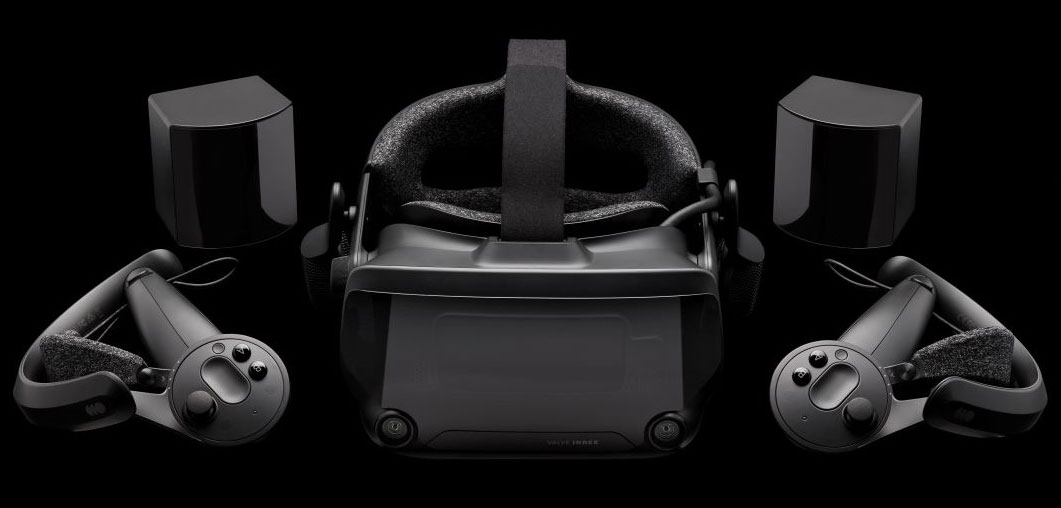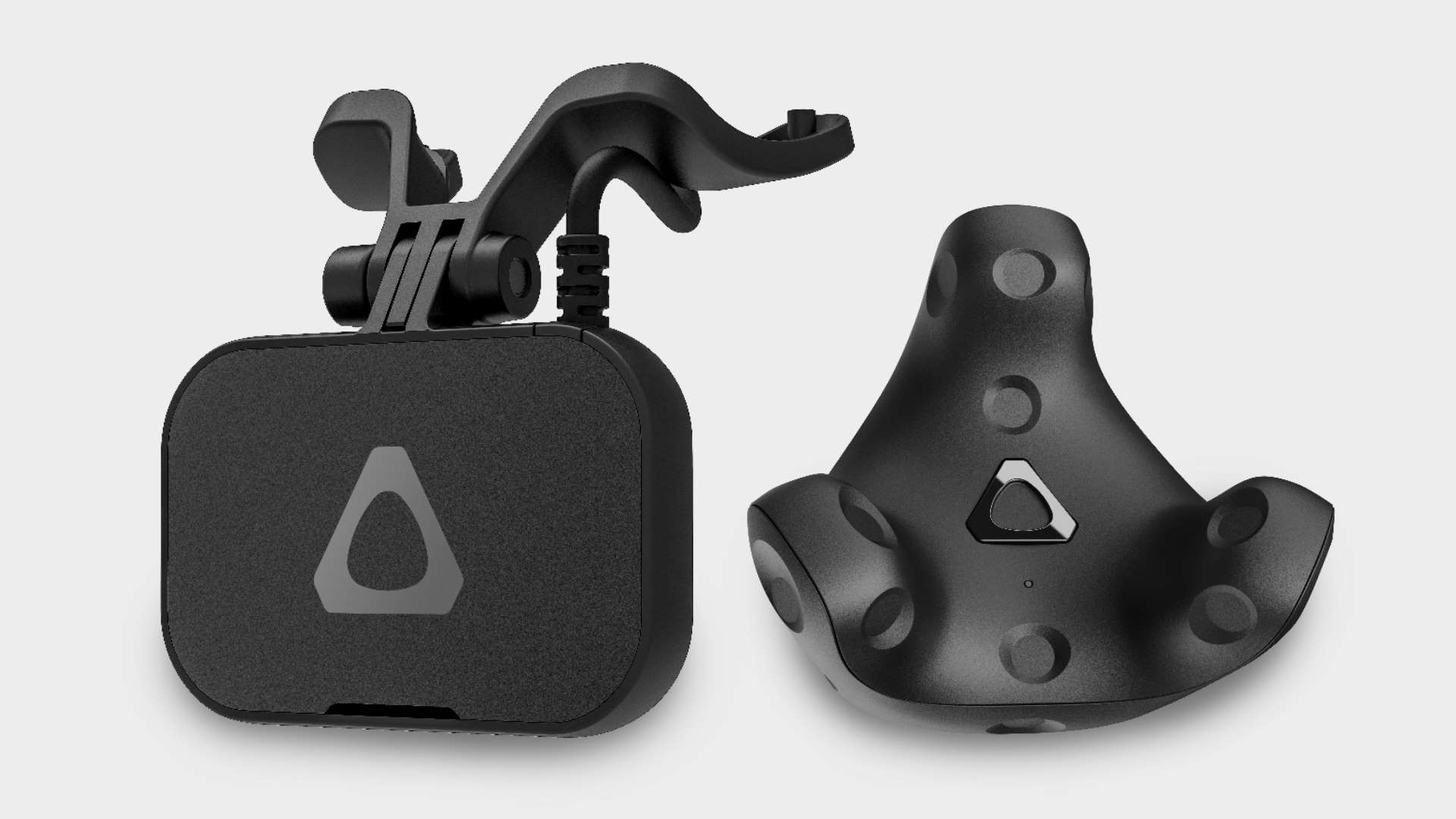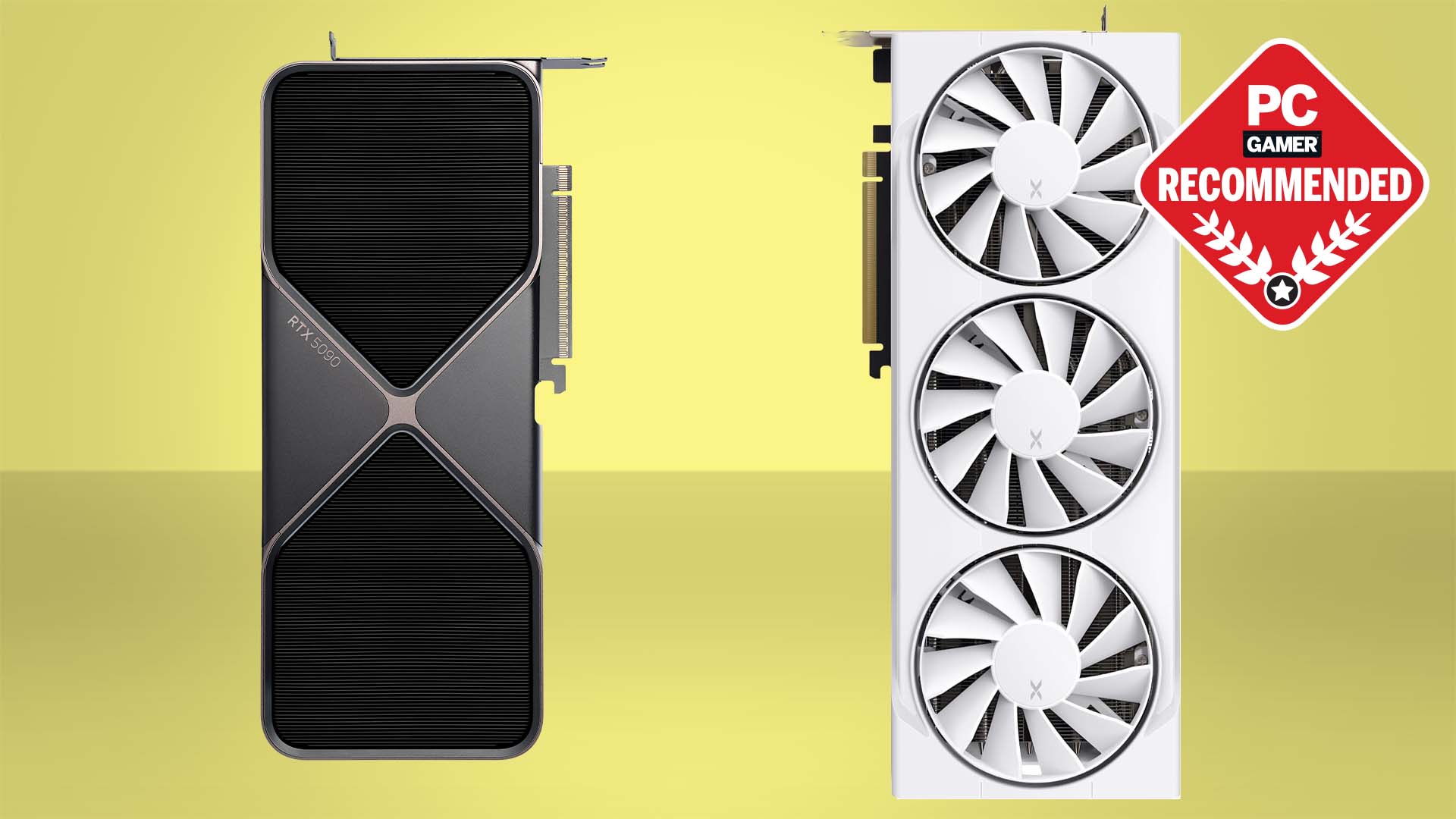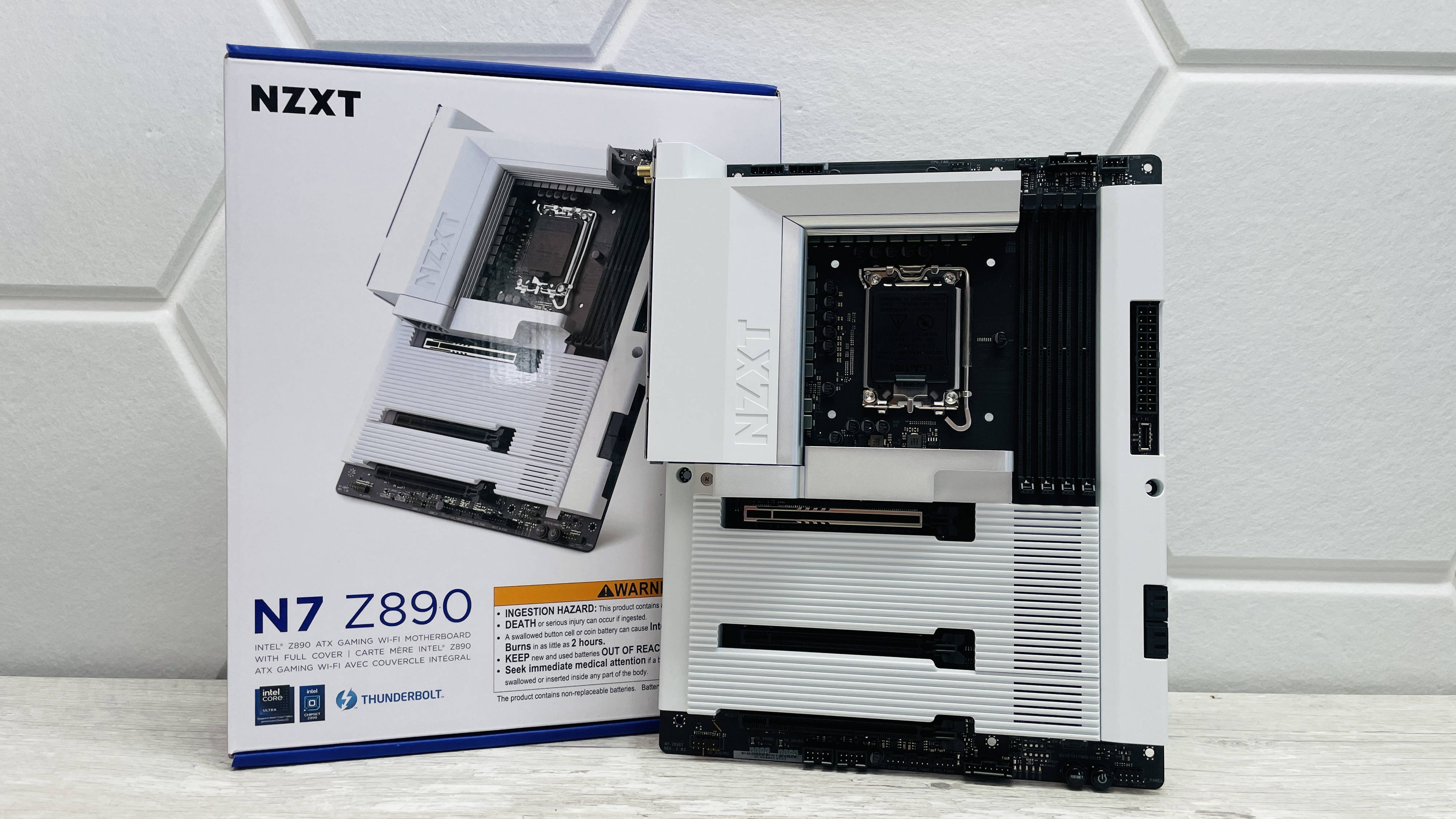VR just got a whole lot creepier with the HTC Vive Facial Tracker
Together with the Vive Tracker 3.0, it's time to explore the uncanny valley.


Best VR headset: which kit should you choose?
Best graphics card: you need serious GPU power for VR
Best gaming laptop: don't get tied to your desktop in VR
Not only has HTC just announced its next generation of VR body trackers with the Vive Tracker 3.0, the company is also bringing out a new—and utterly terrifying—Facial Tracker, soon to be hitting the shelves.
A press release from the company notes the next gen body trackers will be "up to 75% increased battery life, 15% reduction in weight, and 33% smaller footprint." That all equates to more comfort and longer gaming time, which is welcome in any percentage. But perhaps the more intriguing of the two is the "near-zero latency" Facial Tracker, which is able to translate cheek, lip, jaw, teeth, tongue, and chin movements with creepy amounts of accuracy.
Prepare yourselves for some g-mod style body-horrors, people.



Okay, sure facial recognition would be pretty novel as part of a home setup, and kinda funny in VR chat, but where this'll really impact is with your standard game developer. Devs will have access to better tracking tools for animating character rigs in games. So while you're flouncing around giggling at your avatars' mimicry, no doubt this will be in use by many development teams, and should mean faster development cycles, too.
Both the Vive Tracker 3.0 and Vive Facial Tracker come in at $130 (£129) each so, for the full face and body tracking experience, you're looking at a $260 investment. There are a whole bunch of games that now support body tracking, so you might even manage to get your money's worth.
I know my friends and I would manage to get a couple of hundred dollars worth of laughs out of it. As well as a fair amount of genuine terror.
Keep up to date with the most important stories and the best deals, as picked by the PC Gamer team.

Screw sports, Katie would rather watch Intel, AMD and Nvidia go at it. Having been obsessed with computers and graphics for three long decades, she took Game Art and Design up to Masters level at uni, and has been rambling about games, tech and science—rather sarcastically—for four years since. She can be found admiring technological advancements, scrambling for scintillating Raspberry Pi projects, preaching cybersecurity awareness, sighing over semiconductors, and gawping at the latest GPU upgrades. Right now she's waiting patiently for her chance to upload her consciousness into the cloud.

